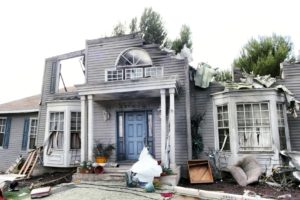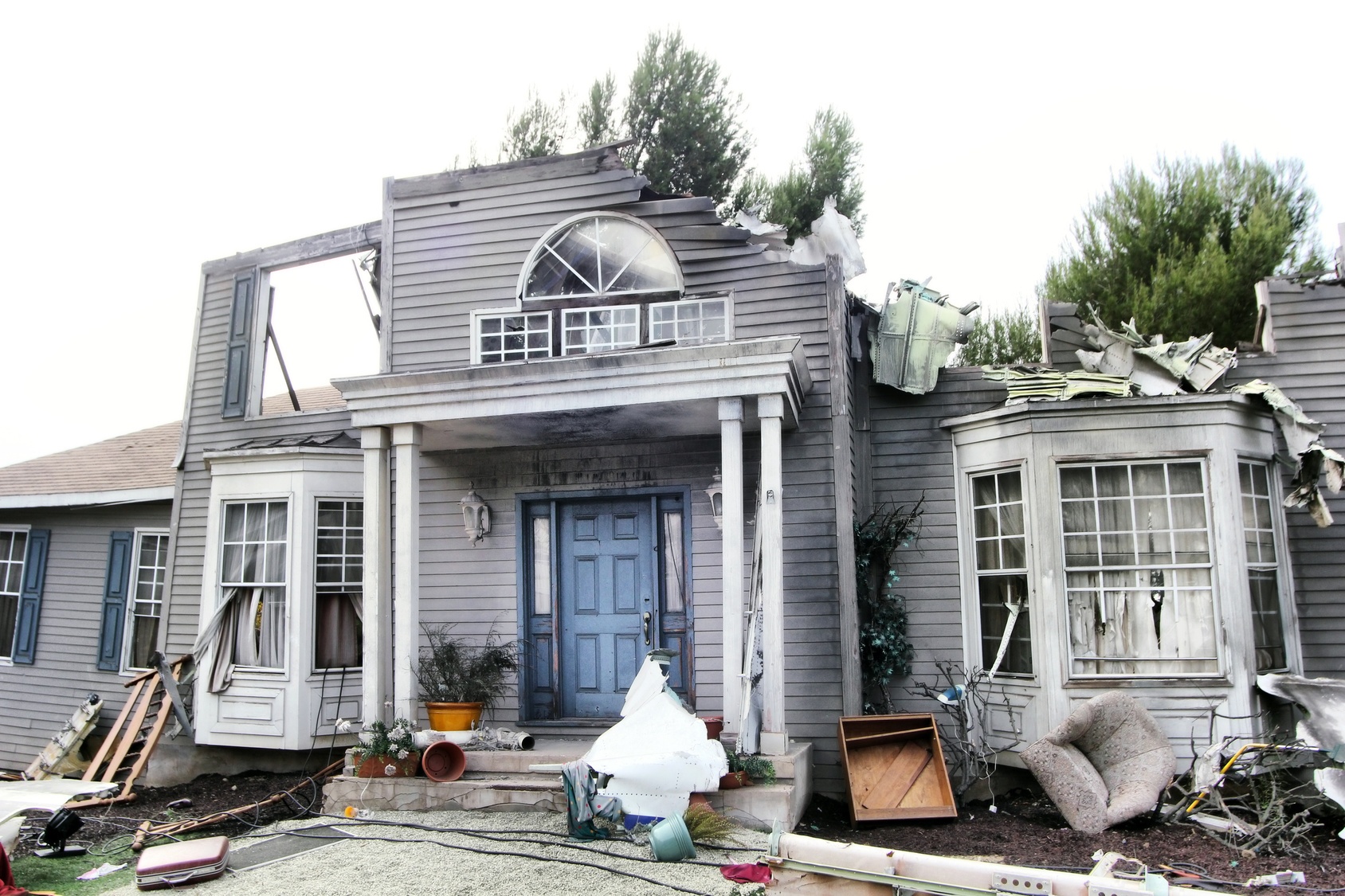Marcus Pickett
You may have enough home insurance to cover your home’s market value. But do you have enough coverage to rebuild it if it’s leveled in a tornado or consumed by a wildfire?

Being underinsured often stems from the wide discrepancy between the cash value of a home and its replacement cost. For example, your home might sell for $200,000 on the housing market, but could cost $300,000, if not more, to actually rebuild it in the same place. In other words, if you try to save on premiums by getting a cash-value home insurance policy (instead of a replacement-cost policy), you might not have enough money to replace your lost home.
Many factors contribute to higher-than-expected rebuilding costs. If your home was part of a development project, the builders may have gotten a deal on materials when they built dozens of homes — which wouldn’t apply when you try to rebuild your home individually. Likewise, raw materials have gotten more expensive in recent years, according to the Insurance Information Institute, and their cost can be dramatically inflated after a disaster.
As strange as it may sound, a replacement-value home insurance policy still may not fully cover the cost to rebuild a home in the event of total property loss. Many home insurance policies have limits. Sometimes, the manner and timing in which a home is destroyed can add extra costs that are unaccounted for and leave the homeowner with leftover construction bills. Some policies, according to the Insurance Information Institute, can bridge such gaps.
- Extended replacement cost: This type of policy provides an extra cushion of 20 percent or more over your policy’s limits. That can come in handy if your home is destroyed in a disaster that pushes up the cost of building materials and labor.
- Inflation guard: This coverage automatically adjusts to reflect changes in construction costs.
- Ordinance or law coverage: If your home is badly damaged, you may have to meet newer, stricter building codes that weren’t around when it was first built. Ordinance or law insurance helps cover these costs.
How can I make sure I have enough coverage?
Although some homeowners may cut corners to save money on their premiums, others simply mistakenly believe their home insurance policies will fully replace their homes. Consumer advocacy organization United Policyholders suggests that homeowners who truly want peace of mind should take a proactive approach and establish a rebuilding estimate for their properties.
- Get at least one estimate for current construction costs per square foot from a contractor.
- Determine the total square footage of your home. Make sure to factor in all space, not just living space.
- Do the math: Multiply your total square feet by the estimated construction cost.
- Compare this number with your policy’s coverage limit.
Underinsurance becoming a public policy issue
California, with its recent spate of wildfires, has taken action to help reduce underinsurance for its homeowners. At the end of 2010, then-Insurance Commissioner Steve Poizner, in conjunction with the Office of Administrative Law, announced regulations that would provide more reliable estimates for replacement costs, make home insurance policy terms easier for homeowners to understand and require broker-agents take a three-hour training course on home insurance valuation.
Other coverage gaps
Another form of underinsurance stems from policy exclusions. Even open-perils home insurance policies typically have exclusions for war, government action, nuclear events and power failure. Trying to make weekly and monthly expenses, few homeowners choose to cover their homes for all catastrophes. But some disasters are more common than others. Flood damage, for example, is one common exclusion that warrants a second look. Most homeowners can purchase flood insurance through the National Flood Insurance Program.

3 thoughts on “If your home is destroyed, do you have enough home insurance to rebuild?”